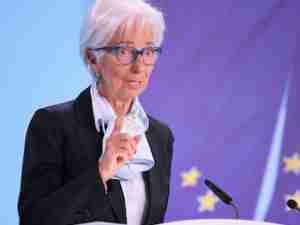The deficit fell to $7.533 billion, the Turkish Statistics Institute said, undercutting a forecast of $8.15 billion in a Reuters poll as exports rose 18.5 percent - more than twice the growth rate of imports.
"We see further narrowing in the external deficit ahead," said Finansbank chief economist Inan Demir.
The trade deficit - which in the first 11 months widened 55.3 percent to $97.7 billion - is the main factor behind a steepling current account gap that the International Monetary Fund expects to stand at 10.5 percent of GDP at the end of 2011.
JP Morgan economist Yarkin Cebeci said the November trade figures showed the "external rebalancing" of the economy was well under way.
Domestic demand is widely expected to dip next year as the pace of Turkey's economic growth slows sharply.
Had the Turkish Central Bank (CBRT) retained investor confidence with its unorthodox policy mix, this rebalancing would have led to a rise in investor appetite for Turkish assets, Cebeci said.
"However, as investors remain skeptical of the CBRT policies and thus of Turkish financial assets, this narrowing ...will most likely be overlooked," he said.
In an attempt to chip away at the current account deficit while defending the lira against abrupt declines, the central bank has pursued a policy mix of lower interest rates, higher banking reserve ratios and a wider gap between borrowing and lending rates.
This week the bank said it will sell more foreign currency directly to the market and provide lira liquidity at higher interest than usual when necessary.
Seasonally and calendar adjusted, exports rose 1.6 percent in November from a month earlier while imports dipped 0.7 percent.
Some 44.5 percent of exports went to the European Union, down from 47 percent a year earlier. The highest volume of exports went to Germany, rising 9.9 percent to $1.1 billion, followed by Iraq, Britain, Italy and Russia.
The number one country for imports was Russia, rising 24.5 percent from a year earlier to $2.369 billion.
In the first 11 months, exports climbed 20 percent and imports jumped 33.5 percent. (Reuters)



